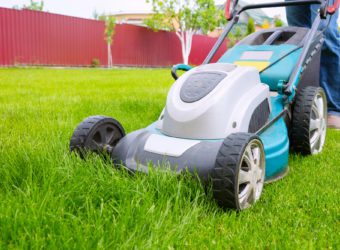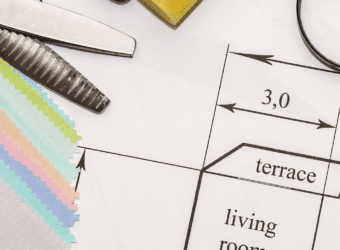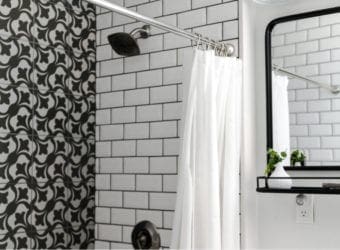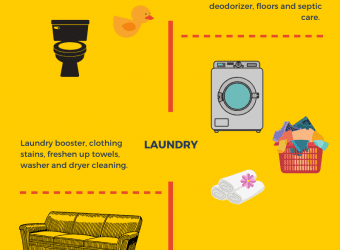How to Deep Clean Wood Floors
Effective Steps for Deep Cleaning Wood Floors
Do you know how to clean dirty wood floors? Hardwood floors are a beautiful addition to any home. They are common in older homes and are being uncovered after being hidden for decades under carpets, as a new generation of homeowners renovate and fall in love with them. However, after so many years of these floors being less popular, common knowledge of how to properly clean them has been lost. Many families are wondering what they can do to clean and bring back the shine in their hardwood floors. This post aims to provide you with tips on how to deep clean wood floors.
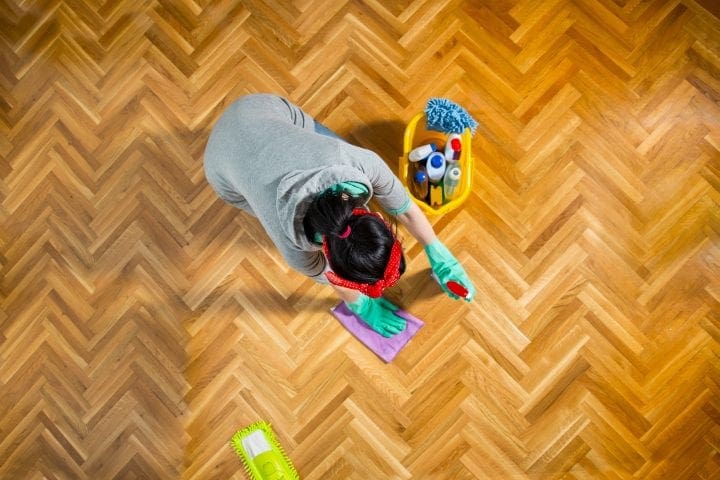
How to Clean Dirty Wood Floors
Deep cleaning of your wood floors will leave them looking shiny and new, but using the right technique is important to avoid damaging the finish. The big challenge with hardwood is that water can damage the wood by causing it to swell and warp. This puts a major limit on how hardwood floors can be cleaned. If you are restoring your floors, you may be forced to give them a good scrubbing with soapy water. If this is the case, be sure to use fans to dry the floor quickly to minimize damage.
Best Mop to Clean Wood Floors | Machine to Clean Wood Floors
How Do I Deep Clean My Wood Floors?
- Dry mops and vacuums are your friends for hardwood floors. A vacuum that is safe for use on hard floors can make your life easier by loosening and lifting dirt up off your floors. A quick vacuum is necessary daily for upkeep in high-traffic areas.
- If your floors have a polyurethane sealant, you can safely mop them with soap and water. I love to use Murphy's Oil Soap for this. Murphy's is so versatile!
- I also use white vinegar a lot because vinegar is a natural odor remover. The vinegar and water mixture cuts through dirt and grime, leaving a streak-free and naturally clean floor.
- If your wood floors are natural, coated with shellac, lacquered, or waxed, opt for a wood-safe cleaner to protect your floors. Look for a wood floor-safe spray that you can use with your dry mop to help lift stains and leave behind a beautiful shine.
- If your wood floors are engineered hardwood flooring, follow the manufacturer's instructions before cleaning for the first time. Do a test patch before starting the entire floor.
- If your floors have become dull or have begun to show watermarks, you can use an easy-to-find wood floor restoring cleaner that will condition the wood and leave behind a thin wax to help make your floors bright and shiny.
BISSELL Symphony All in One Vacuum and Steam Mop at Best Buy
Why Use White Vinegar for Cleaning Wood Floors?
Vinegar is an incredible natural cleaner that is known for its versatility and effectiveness in cleaning various surfaces, including hardwood floors. It is a popular choice for cleaning hardwood floors because of its acidic properties, which help to break down dirt, grime, and other impurities on the surface. However, it is crucial to dilute vinegar with water before using it on hardwood floors to make it safe and effective. For the best results, you should mix one part vinegar with ten parts water to create the perfect cleaning solution for your hardwood floors.
The vinegar and water solution is gentle yet powerful enough to remove stubborn dirt and grime from your hardwood floors. Unlike many commercial floor cleaners, the vinegar and water mixture does not leave any residue or chemical buildup on your floors. This means that you can use it regularly to maintain the cleanliness and appearance of your hardwood floors without worrying about damaging the surface.
In addition to its cleaning properties, vinegar is also a great natural deodorizer. It helps to eliminate unpleasant odors from your hardwood floors, making them fresh and clean. Overall, vinegar and water mixture is a safe, effective, and affordable way to keep your hardwood floors looking great.
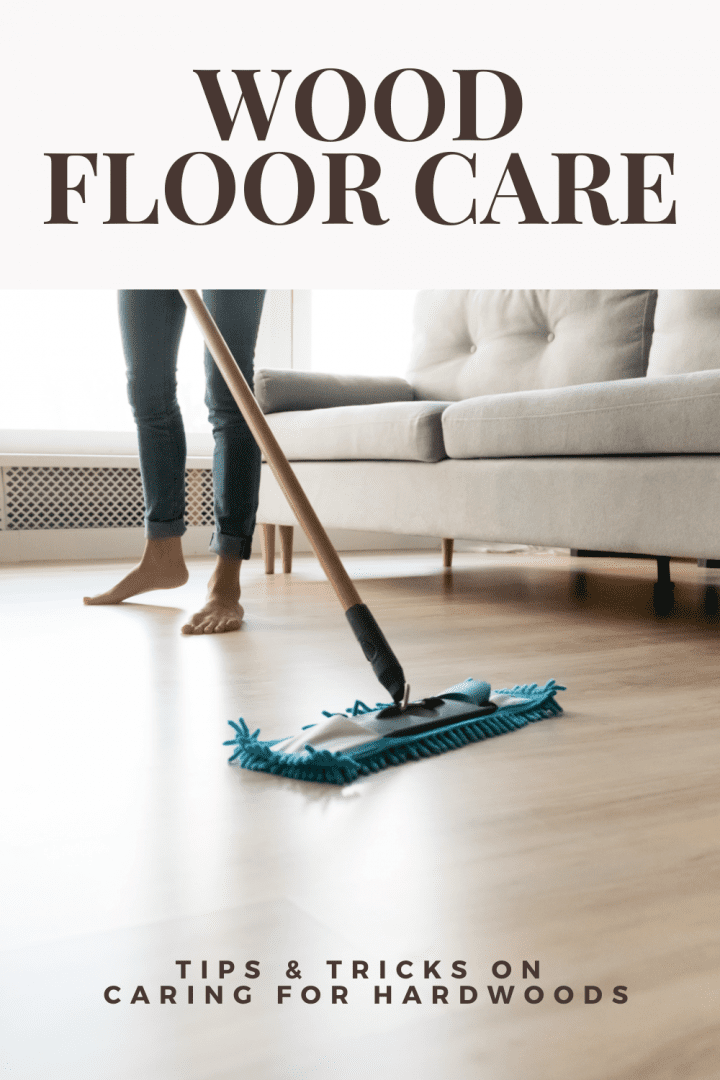
Preparation
- Clear the floor: Move furniture and rugs to another room.
- Dry cleaning: Use a microfiber mop or a vacuum cleaner with a soft brush attachment to remove loose dirt and dust. Be careful around the edges where dust bunnies tend to gather.
Mop and Clean
- Choose your weapon: Use a microfiber mop with a cleaning solution suitable for your floor type. Opt for a wood floor cleaner or a diluted vinegar solution (1/2 cup white vinegar to a gallon of warm water). Avoid harsh chemicals or soap-based cleaners, which can dull the finish.
- Solution prep: There are commercial wood floor cleaners available, but a simple solution of warm water with a little vinegar (half cup white vinegar per gallon of water) can also be effective. Always test any cleaning solution in an inconspicuous area first to make sure it doesn't dull the finish.
- Damp mop, not soaking: Dampen your mop, not soaking wet. Wring it out thoroughly so that it's barely moist. Mop with the grain of the wood and work in small sections. Rinse your mop frequently in clean water to avoid spreading dirt.
- Mop with the grain: Move the mop in the direction of the wood grain for best results.
- Work in sections: Mop in sections rinsing the mop pad frequently in clean water and changing it when dirty.
- Extra attention: For stubborn stains or build-up, use a putty knife to gently scrape them out, then follow up with spot cleaning using your wood floor cleaner.
- Rinse and repeat: Rinse your mop bucket frequently and change the mop water as it gets dirty.
Shark Sonic Duo Carpet and Hardwood Cleaner Review
Deep Cleaning Problem Areas
- Stubborn stains: For tougher grime, you can use a putty knife to gently scrape off the stain, then follow up with a wood floor cleaner appropriate for the stain type.
- Grime between floorboards: Use a toothpick or a putty knife (carefully!) to remove built-up grime between the floorboards. You can then dampen a rag or paper towel with your cleaning solution and clean these areas.
- Disinfecting (optional): If you want to disinfect your floors, use a wood floor disinfectant after cleaning.
Drying and Finishing Touches
- Air dry completely: Let the floor air dry completely before walking on it or replacing furniture.
- Extra shine (optional): Once the floor is dry, you can buff it with a microfiber cloth to bring out a nice shine.
- Optional disinfection: If desired, use an antibacterial wood floor cleaner to disinfect the floor after it dries.
Tips for Taking Care of Hardwood Floors
Tips for Deep Cleaning Wood Floors
- Test it out: Always test any cleaning solution on an inconspicuous area before applying it to the entire floor. Avoid using harsh chemicals or abrasive cleaners, as they can damage the wood.
- Turn off electronics: Avoid getting cleaning solutions near electronics or baseboards.
- Ventilate: Open windows for ventilation, especially if using strong-smelling cleaning products.
- Read the directions: Always follow the manufacturer's recommendations for your specific type of wood floor and finish.
- Limit liquids: Never flood the floor with water, as this can warp the wood.
By following these steps, you can deep clean your wood floors and keep them looking their best. If you're unsure about the type of finish on your floors, consult a professional or refer to the manufacturer's recommendations. We hope that you are inspired by this How to Deep Clean Wood Floors post. Happy cleaning!

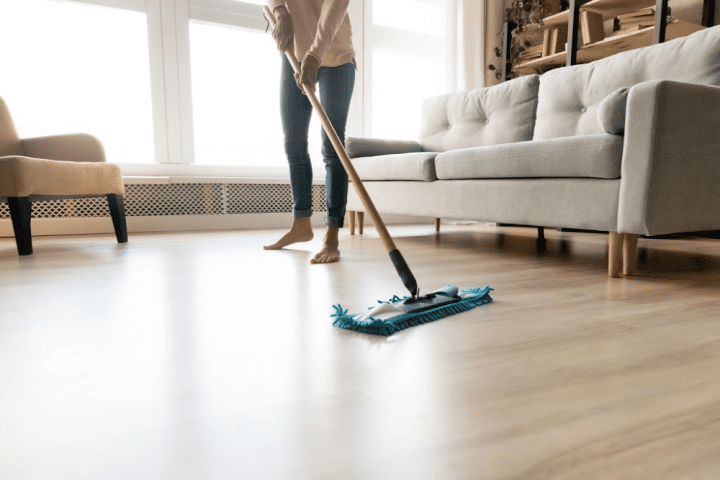
O-Cedar EasyWring Spin Mop and Bucket System
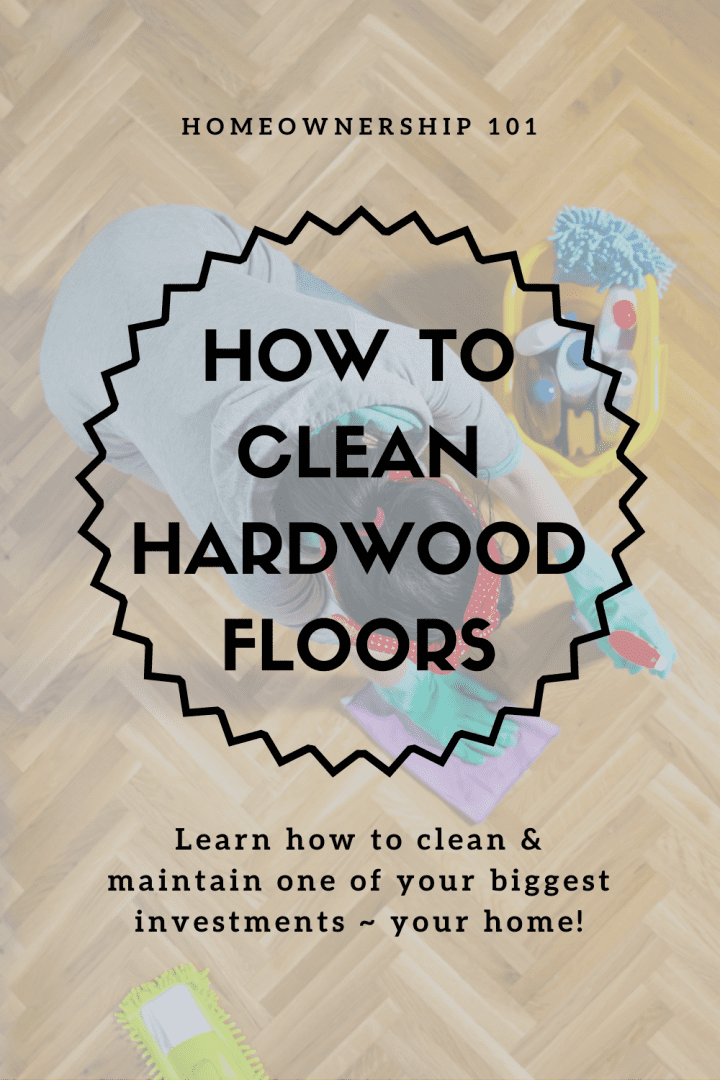
You May Also Like





